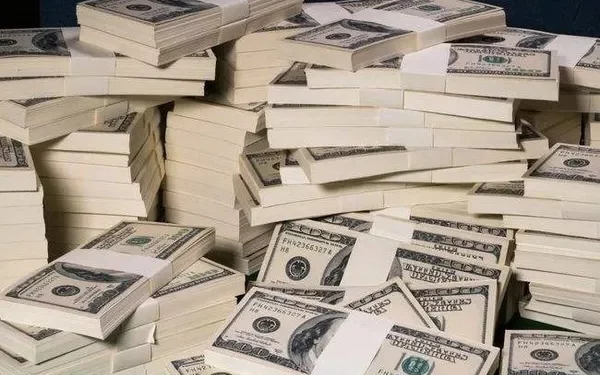In the global financial landscape, the U.S. dollar has long been considered the dominant reserve currency and a key benchmark for international trade. However, hypothetical scenarios of the dollar collapsing have generated considerable discussion among economists and investors. One significant question that arises in such a scenario is the potential fate of gold, often viewed as a safe haven investment. This article explores the potential implications of a dollar collapse on the price and role of gold in the global economy.
Understanding Gold’s Role
Gold has been valued as a store of wealth and medium of exchange for centuries, providing stability and protection during times of economic uncertainty. Its limited supply, durability, and universal recognition make it an attractive asset class for investors seeking to hedge against inflation, currency devaluation, and geopolitical risks. Consequently, the demand for gold tends to rise during periods of financial turmoil.
Dollar Collapse: Potential Implications
Price Surge
A collapse of the U.S. dollar could trigger a surge in the price of gold. Historically, during economic crises or instances of hyperinflation, the demand for gold has intensified due to its perceived ability to preserve wealth. As investors seek safe havens amidst a depreciating currency, the scarcity of gold coupled with increased demand could drive its price to new heights.
Increased Role as a Global Currency
In the absence of a dominant reserve currency, gold may experience a resurgence as a global currency. Central banks and governments could potentially turn to gold as a means of facilitating international trade and stabilizing their economies. This could lead to an increased demand for gold as a medium of exchange and a renewed focus on gold-backed currencies or international settlements.
Weakening of Other Currencies
A dollar collapse would likely have ripple effects on other major currencies, potentially leading to their devaluation. As a result, investors may turn to gold as a store of value and a means to preserve purchasing power. The increased demand for gold could further fuel its price rally, creating a positive feedback loop that reinforces its status as a safe haven asset.
Gold Mining and Production
A collapsing dollar could impact the gold mining industry in various ways. On one hand, the higher gold prices could incentivize increased production as mining companies aim to capitalize on the favorable market conditions. On the other hand, disruptions in global trade and financing channels due to the currency crisis may pose challenges for mining operations, potentially leading to supply constraints.
Regulatory and Policy Changes
A dollar collapse would likely prompt governments and regulatory bodies to implement new policies and regulations to stabilize their economies. These measures could include stricter controls on capital flows, the imposition of currency controls, or the adoption of alternative monetary systems. Such changes may have implications for the gold market, potentially affecting its trading, ownership, and taxation.
Conclusion
While the hypothetical scenario of a dollar collapse remains uncertain, analyzing its potential impact on gold allows investors and policymakers to consider various outcomes. In such a scenario, gold could potentially experience a surge in price, assuming an increased role as a global currency and a safe haven asset. However, the actual outcome would depend on a multitude of factors, including government responses, market dynamics, and the broader global economic landscape. Therefore, investors should approach such scenarios with caution, diversify their portfolios, and consult with financial professionals to navigate the complex implications of a possible dollar collapse.
Related Topics:

























